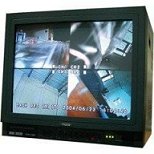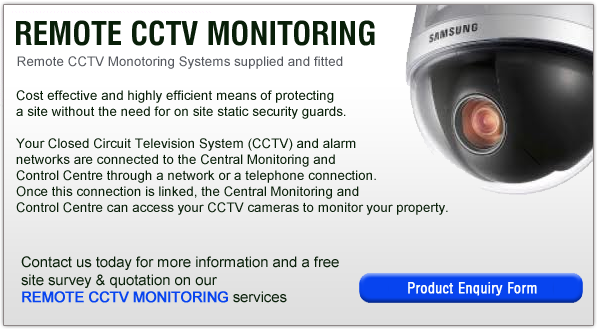Closed-circuit TV systems can monitor for illegal activities, such as
theft from a store or violence against an employee. If something does
happen, CCTV systems can provide valuable  evidence to police. Just
evidence to police. Just
the presence of a system can deter unwanted behaviors.
Many business owners are realizing they can’t afford not to have video
surveillance. At the same time, they want a system that is reliable and
fully featured without breaking the budget. Nobody wants to be the
owner of a system that failed to capture a crime or produced video too
grainy to be useful.
CCTV questions
Here are several questions to consider as you begin shopping for a CCTV system:
- What do you want to monitor? Some CCTV cameras are designed to work outside, while others
are for indoor use only. Also, how much area do you want to monitor with each camera? Is it a
tight, narrow angle? Or a broad swath? - How many cameras? Count the areas that you want the system to monitor. If you are planning
to watch only one entrance, a single camera will do. Otherwise, look at multiple-camera systems
that can handle several feeds of video at once. - How good is the lighting? CCTV systems use a variety of techniques to capture images in low-light
environments. If you are planning to monitor in low light, an infrared camera is likely worth the
extra money it will cost. - Will someone be monitoring a live feed? If you have security personnel on staff, a system that
generates a live feed may be the best option. Live feeds also are excellent deterrents when they’re
shown at the entrance of a store. Shoplifters immediately get the message that they’re being watched! - Do you want to record the video? There is no better evidence than a video of a crime being committed.
Recordings also can have a useful role in training. - If you do choose to record video, how long do you need to keep it? Video files are very big, and
lengthy recordings require a lot of storage. Figure out how much time can elapse before files can
be safely deleted.

Types of CCTV cameras
There are several different types of CCTV cameras, each designed for specific environments. Several enclosure
options are also available, too, including domes and boxes. Both support a variety of lenses and cameras. In
addition, cameras can either be placed in a fixed position or placed on a motorized mount that can be controlled
remotely.
Here’s a sampling of camera types:
- Day/Night Cameras: These record in standard color during the day, when light is sufficient. As light
diminishes, the camera switches to a low-lux black-and-white mode so that more detail can be captured. - Infrared Cameras: These capture images when no light is available. They record infrared light that’s not
visible to the human eye. Video appears in black and white. - Standard Color: These capture the most realistic detail but require sufficient light for the clearest images.
These are ideal for indoor surveillance systems. - PZT Cameras: These can be controlled remotely to capture close-ups of activities of interest.
Recording video
Video captured by a CCTV Systems can be recorded on videotape or a hard drive. Advanced systems use technology
similar to the digital video recorders (DVR) found in many homes. DVRs can record and play video at a variety of
speeds and at very high quality. They also can be programmed to automatically delete recordings on a schedule –
or when storage is tight. DVRs can be connected to a network – either a private LAN or the Internet – for remote
monitoring.
CCTV companies
A number of companies offer complete CCTV solutions, including cameras, monitoring systems and networking
equipment.
The original article cites two “leading” companies: Nuvico and GeoVision. Are you looking for a similar mention
of these companies? If so, I’ll have to do some additional research because the original lacks sufficient detail.
We offer a CCTV Supply and installation service, see details of our service for more information click here


